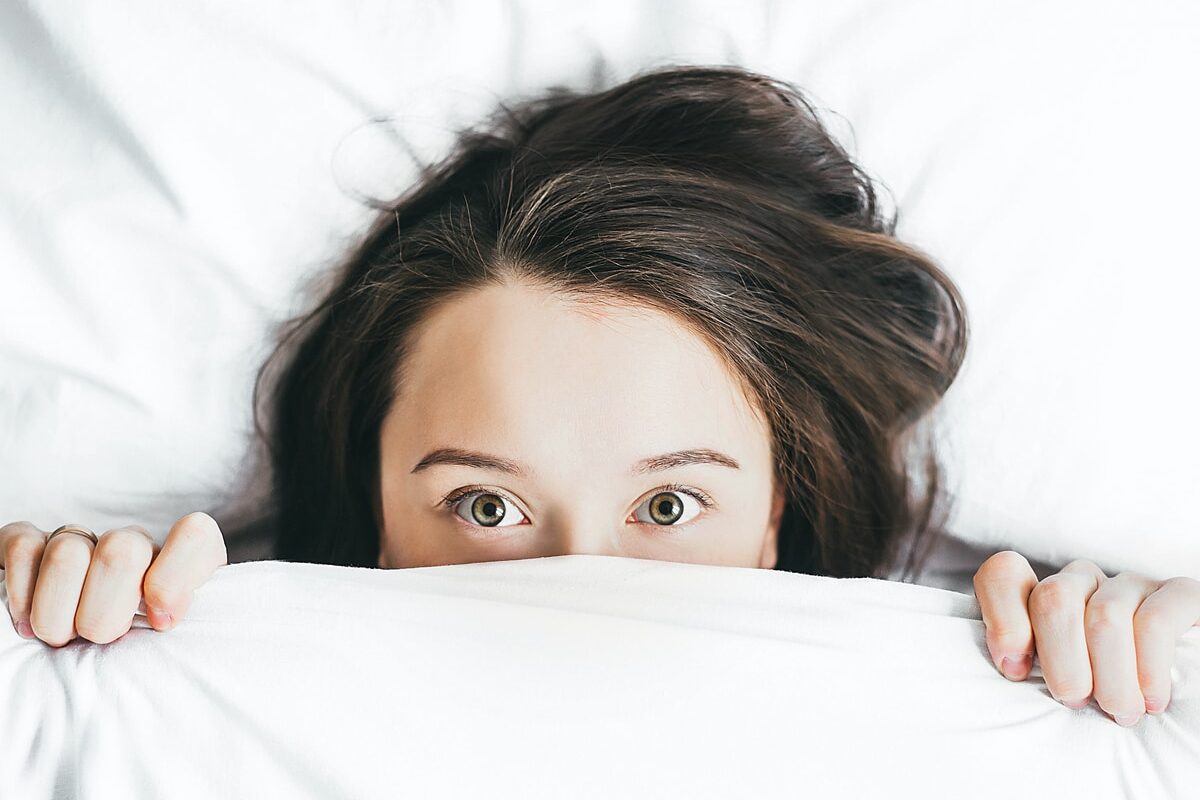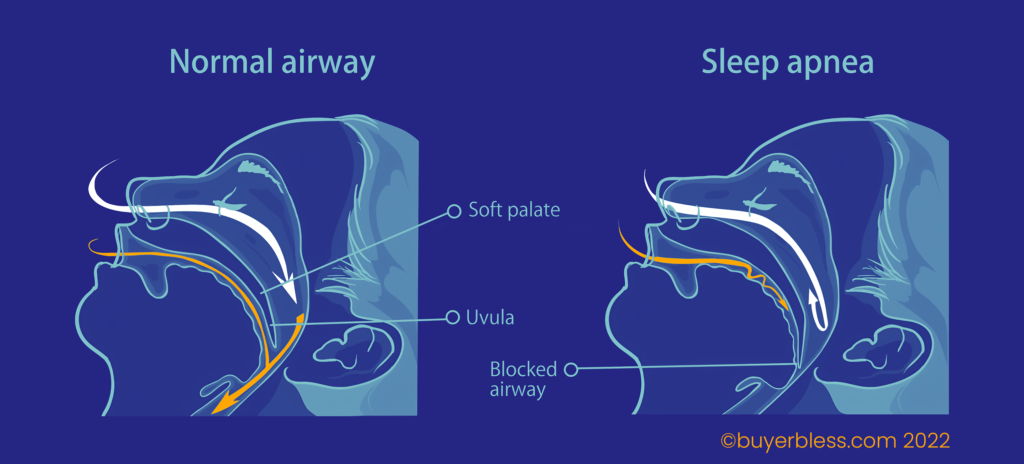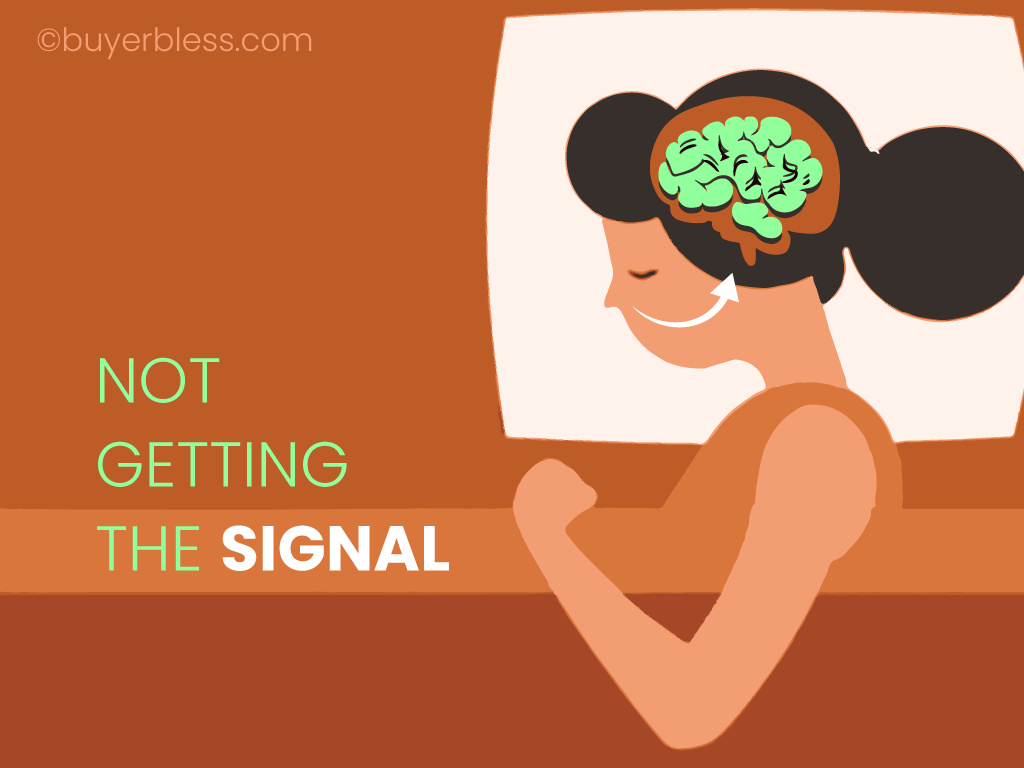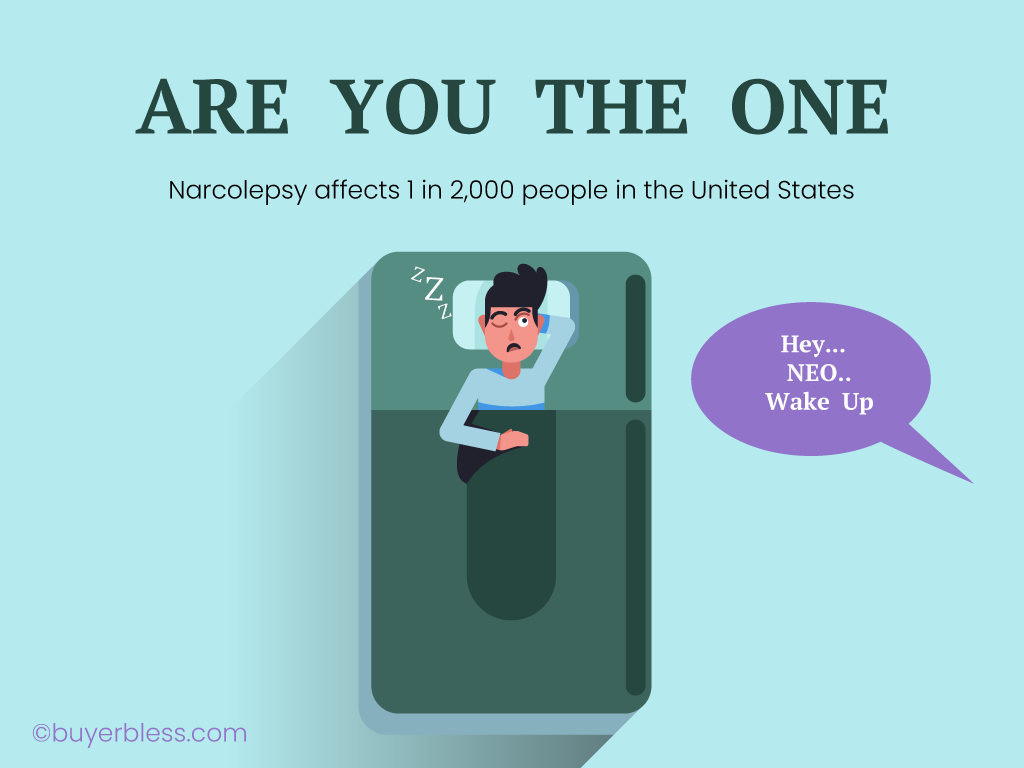Best Solution for sleep apnea : Causes and treatment in 2022
November 16, 2021 | by Rahul

Lets move ahead and find best Solution for sleep apnea but before that get some details about it
Sleep apnea is a common disorder that affects 2-4% of the population. It is more common in men than in women and is more common in older adults. Sleep apnea can cause a number of health problems, including heart disease, high blood pressure, and stroke.
– study
What is sleep apnea (SA) ?
It is a sleep disorder that results in irregular breathing and snoring patterns. Apnea is a condition in which a person temporarily stops breathing. Inability to sleep soundly can also result in severe exhaustion. Sleep apnea is a sleep disorder that is characterized by pauses in breathing or periods of shallow breathing during sleep. These pauses can last for a few seconds or minutes and can occur 30 times or more an hour. Each time, the sleeper stops breathing, the brain briefly wakes up to restart breathing, and then falls back to sleep. This can lead to snoring and a feeling of not being well-rested after a full night’s sleep. Individuals can have either obstructive or central sleep apnea, or a combination of the two. There are three types of sleep apnea: obstructive sleep apnea, central sleep apnea, and mixed sleep apnea. Obstructive sleep apnea is the most common type and is caused by a blockage of the airway.

Symptoms of Sleep Apnea
SA’s most common symptom is severe sleep deprivation. Sleep deprivation can result in nocturia, an excessive desire to urinate during the night, as well as stress-induced insomnia. The consequences manifest themselves throughout the day, as a lack of restful sleep results in difficulty concentrating, headaches, and fatigue. Apneic episodes are frequently preceded by loud snoring, which can disturb other people’s sleep as well. While sleep apnea is rarely fatal on its own, it can exacerbate other health problems.
Obstructive sleep apnea
Obstructive sleep apnea is the most common type, and it occurs when the airways become blocked. Air must pass through the nose, the nasopharynx, the laryngopharynx, the larynx, and finally the trachea. There could be a blockage in the airflow somewhere along that path. Allergies may cause swelling of the nasopharynx’s tissue.
Alternatively, an infection may cause swollen adenoid glands or tonsils. A severe overbite may exist, pulling the jaw back and obstructing the airway. Individuals who are overweight may have excess weight in the soft tissues of the neck, which can suffocate the airway, particularly when lying down. These issues are most noticeable at night, when hormonal changes cause the muscles surrounding the airway to relax slightly.
This means they are less capable of maintaining an open airway, increasing the likelihood that it will become slightly squashed or obstructed. Central sleep apnea refers to a problem that is “central” or associated with the central nervous system. This is when the brain ceases to make an effort to breathe for ten to thirty seconds at a time. Apnea can last several seconds after awakening, eliciting panic and further disrupting the sleep cycle.

Central sleep Apnea
Central sleep apnea begins with an episode of hyperpnea, in which the brain instructs the lungs to begin hyperventilating during sleep by increasing the respiratory rate. This rapid breathing results in hypocapnia, a decrease in the carbon dioxide level in the blood. When carbon dioxide levels fall below a certain level, the body enters a state of apnea, in which it makes no effort to breathe and takes in no oxygen. This causes the carbon dioxide levels to return to normal and then continue to rise, a condition known as hypercapnia. Extremely elevated carbon dioxide levels trigger hyperpnea once more, and the cycle begins anew. In essence, the respiratory system oscillates rapidly between two states, making no effort to breathe at first and then hyperventilating, with no in-between.
Mixed Sleep Apnea
Mixed sleep apnea is a condition that is characterised by a combination of obstructive sleep apnea and central sleep apnea. The symptoms of mixed sleep apnea are very similar to the symptoms of obstructive sleep apnea and central sleep apnea. The most common symptoms include snoring, excessive daytime sleepiness, and difficulty staying asleep. Other symptoms include headaches, morning fatigue, and difficulty concentrating.
Solution to cure Sleep Apnea
There are some known treatment for sleep apnea. Treatment options include lifestyle changes, medications, and surgery.
A machine to get relief in – CPAP
Individuals with severe sleep apnea can use a continuous positive airway pressure device, or CPAP for short. This machine uses a steady stream of pressurised air delivered through a plastic facemask or nasal prongs to force the airways open. This is extremely effective when used properly, but it requires continuous use. Many people eventually discontinue use of it due to discomfort or difficulty in wearing it, and the problem persists. But Certain individuals who suffer from obstructive sleep apnea may benefit from custom-made oral mouthpieces that aid in airflow during sleep. Occasionally, obstructive sleep apnea can be treated surgically.
Nasal Spray
Your doctor may prescribe a nasal spray to help you breathe better at night if you have sleep apnea. The nasal spray can help keep your airways open and make it easier for you to breathe. There are several types of nasal sprays that may be prescribed for sleep apnea. Some nasal sprays contain a drug called ipratropium bromide. This drug helps to keep your airways open and makes it easier for you to breathe. Other nasal sprays contain a drug called desloratadine. This drug helps to reduce inflammation in your airways. It can also help to reduce the amount of mucus in your airways. This can help to make it easier for you to breathe at night.
Natural solutions
The treatment begins with avoiding sleeping pills, alcohol, and other depressant medications, as these can relax the throat muscles surrounding the airway, increasing the likelihood of the airways collapsing during sleep. Additionally, sleeping on one’s side rather than on one’s back can help because it improves airflow into the lungs.
Conclusion
Sleep Apnea is extremely common in the general population. It’s linked to old age and rotundity. Only a small chance of people with Sleep Apnea have symptoms similar as day somnolence. In epidemiological studies, the frequence of Sleep Apnea and Sleep Apnea pattern has increased over time. Differences and an increase in the frequence of sleep apnea are most probably due to differences in individual outfit, delineations, study design, and subject characteristics. Sleep Apnea is linked to cardiovascular complaint, particularly stroke, and people under the age of 70 are at a advanced threat of dying youthful if they’ve Sleep Apnea.
RELATED POSTS
View all
